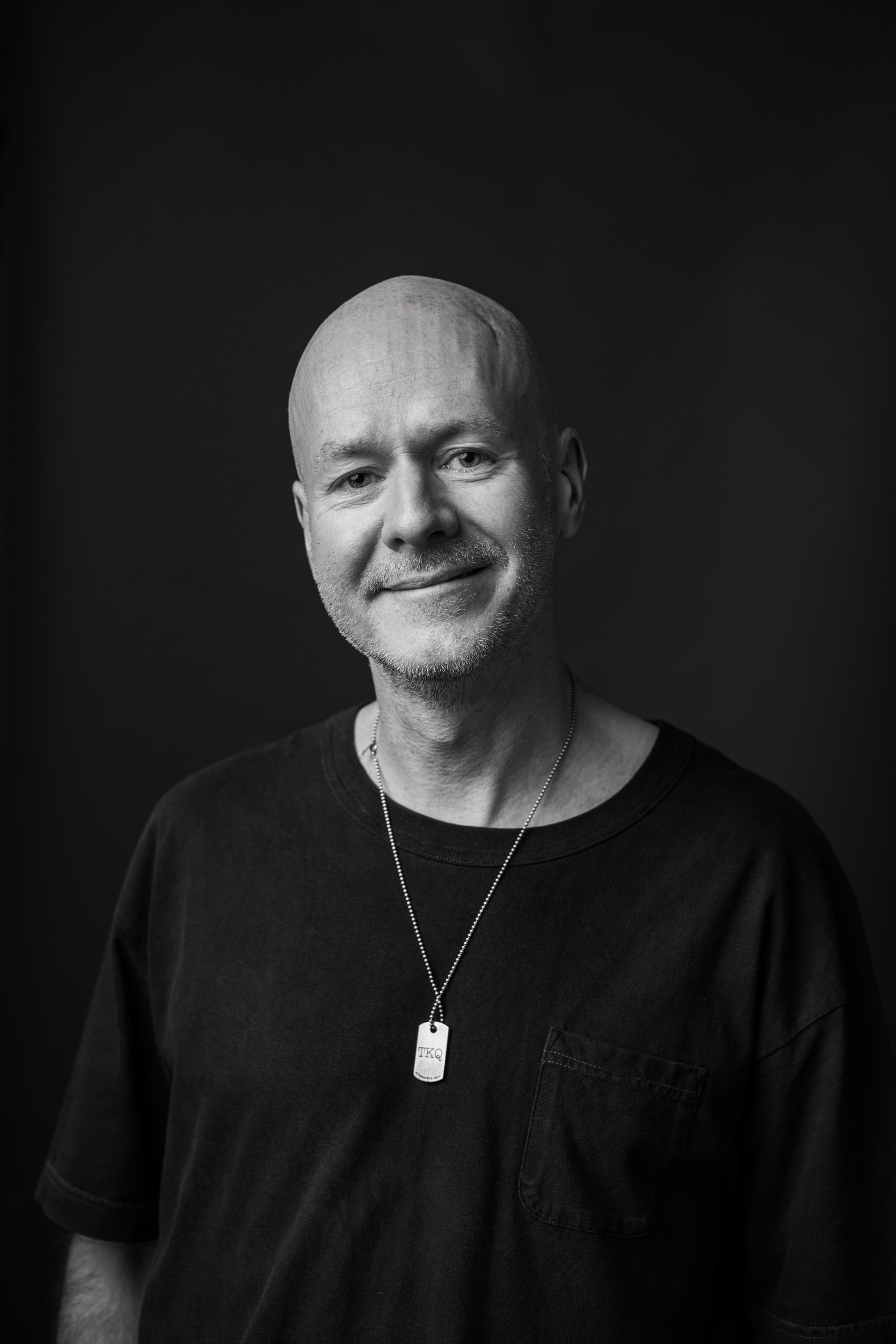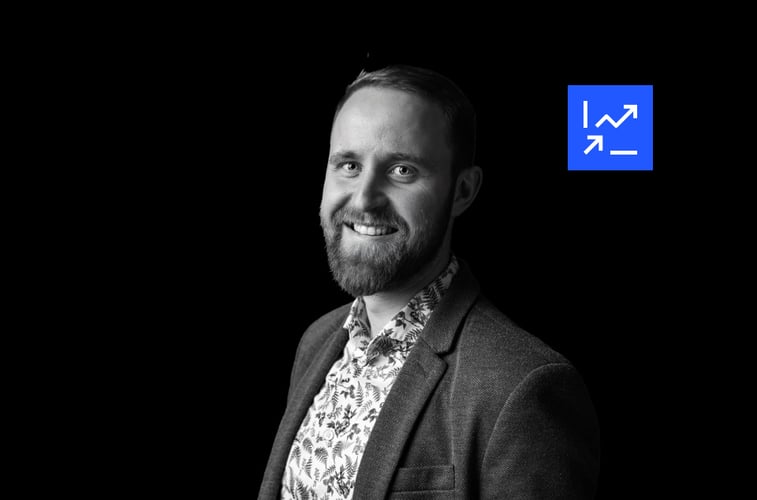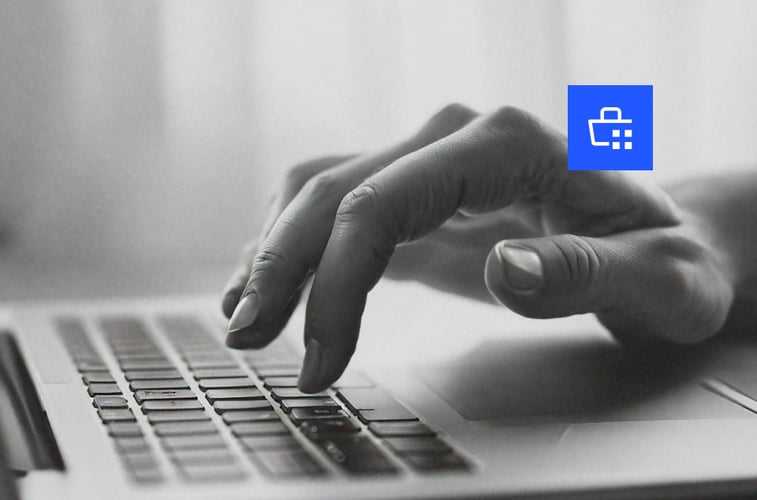Characters are critical for storytelling in marketing. They are the emotional bridge between business and customer - without characters, stories have no impact or substance.
From years of research, it’s clear that using diverse characters who represent the reality customers face today increases empathy with a brand, in turn driving growth. But compared to B2C marketing, B2B has some catching up to do.
So why is B2B so far behind?
There is a myriad of reasons, but perhaps the biggest is the lack of diversity in the staff within certain sectors. In the UK tech arena, BAME employees make up just 15% of the workforce. Gender diversity in other jobs is at 49%, compared to 19% in technology (WARC). There is also an unchallenged presumptive target demographic of the white, heterosexual male.
These barriers mean decision-makers may not have the personal experiences to draw from to create inclusive campaigns. To produce influential stories for any organisation, a company must first start by creating diversity within itself. It’s proven that achieving diversity reaps rewards – with ethnically diverse corporations achieving 36% more profitability and businesses with the highest gender diversity are 25% more profitable (McKinsey).
Authentic stories gain trust
The power of diverse storytelling is far-reaching – the benefits not only boast better brand positioning and sales but also help to make society a more accepting place. According to youmatter, 67% of customers today want companies to take a wider social, cultural, and environmental responsibility. Plus, in the last decade, there has been a shift in who the B2B buyer is and what they expect. The new B2B buyer is ‘younger, more informed, empowered to make purchasing decisions… with many buyers bringing in their personal purchasing habits to their work (Foleon).
Providing a platform for underrepresented voices and groups fosters better client relationships, engages more potential new customers, and increases brand awareness while promoting a company's USP. It also reduces stereotypes and assumptions in society.
Telling diverse stories also drives acceptance in society – 80% of those exposed to LGBTQ+ people in advertising and media are supportive of equal rights, compared to 70% who are unexposed, according to a 2020 study from Procter & Gamble and GLAAD (WARC).
The influence that diverse storytelling brings is extensive, but it’s important to note that authenticity is the key to winning audience loyalty. To have the impact companies desire, they must actively seek to tell stories from a genuine perspective, directly coming from the experiences of marginalised groups. Otherwise, they risk undermining diversity, equity, and inclusion efforts through perceived tokenism.
A word on ageism
While ethnic and gender diversity are striding into the spotlight of D&I-conscious employers, the issue of age is still taking a back seat. Despite the over-50s making up 47% of the population, a new study from the Institute of Practitioners in Advertising in the UK showed that only 6% of staff working at agencies are in this age bracket. Even more staggering is that by 2040, this age group will have the greatest spending power across all categories (The & Partnership). So it only makes sense to target this demographic more often in campaigns and the hiring process.
Visibility of disability
One billion people around the world are living with a disability, which includes the 22% of the UK population who are classed as disabled. However, only 0.06% of all ads in the UK represent this community (All Response Media). There is a big opportunity for every company to break the social stigmas of disabilities, challenge stereotypes, and increase awareness and visibility of people living with a disability.
Using caution and consideration, all brands can adopt a more diverse voice for their ad campaigns. With profits to be made and the chance to play a crucial role in furthering a good cause, why wouldn’t brands want to take diversity and inclusion more seriously in their storytelling?
Breaking the gender barrier: Atea's campaign to attract women to IT
Luxid collaborated with Atea, the market leader in IT infrastructure in the Nordic and Baltic regions. Atea's goal is to have a diverse and equal personnel, believing this is a key ingredient to the success of the company. Therefore, Atea wants to be an attractive employer for all people, regardless of their age, gender, origin, sexual orientation, or worldview. In the IT sector, the gender gap is wide, and this is also visible in Atea. To balance the situation, Atea wants to take concrete steps to increase the percentage of women not only in its own personnel but also in the industry in general.
Luxid planned and executed a Women in IT campaign with Atea. The name of the campaign concept was “…And I work in IT”. The concept introduced Atea's employees – people of different genders, those just starting their careers, experienced workers, managers, and subordinates – who were united by pride in their own professional skills, personality, and the fact that they were part of Atea's diverse work community.
The campaign included a wide range of social media assets on different channels, video interviews, and a webpage on atea.fi. During the four-month mission, the Women in IT campaign reached about one million impressions on various social media channels and media. We beat industry benchmarks in the CTR and CPC metrics, and the traffic directed to the page was of high quality with a high time spent on the page.
The campaign also reached its target audience. People who applied for jobs at Atea mentioned that they had seen the campaign and considered it positive.
All the evidence points to the importance of diverse and inclusive storytelling in marketing. And the starting point for any business is to have a truly diverse workforce so they can tell authentic stories in their marketing. But no business can hope to have entirely the right diversity within its teams for all areas of representation, so it’s essential for the B2B sector to listen to other voices and to seek the opinions of those with relevant lived experience. An expert marketing partner can help with this.
If you are looking to unlock the power of diverse and inclusive storytelling in your marketing, click here to talk with an expert at Luxid.









